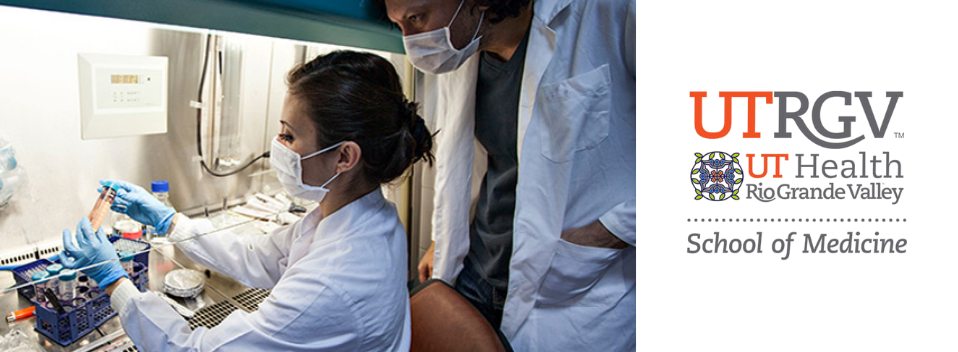
School of Medicine Publications and Presentations
Document Type
Article
Publication Date
1-21-2025
Abstract
The traditional lecture-based model of medical education is increasingly being replaced by active learning methodologies that focus on interactive, student-centered approaches to enhance knowledge retention, clinical reasoning, and professional development. This brief review highlights the benefits of active learning techniques such as problem-based learning (PBL), team-based learning (TBL), case-based learning (CBL), and simulation-based learning (SBL) in medical education. These active learning methods promote a deeper understanding and application of medical knowledge, improve clinical reasoning, increase student engagement and motivation, and foster the development of interpersonal skills essential for healthcare practice. Furthermore, active learning bridges the gap between theoretical knowledge and practical application, better preparing students for modern medical practice. Although there are challenges associated with implementing active learning, such as the demands on resources and the need for faculty training, it presents a promising path forward for medical education.
Recommended Citation
Jeevan Divakaran. (2025). Active Learning in Medical Education: A Brief Overview of its Benefits. MAR Pathology and Clinical Research, 2(4). https://doi.org/10.5281/zenodo.14709388
Creative Commons License

This work is licensed under a Creative Commons Attribution 4.0 International License.
Publication Title
MAR Pathology and Clinical Research
DOI
10.5281/zenodo.14709388
Academic Level
faculty
Mentor/PI Department
Medical Education


Comments
© 2025 Jeevan Divakaran. This is an open access article distributed under the Creative Commons Attribution License, which permits unrestricted use, distribution, and reproduction in any medium, provided the original work is properly cited.